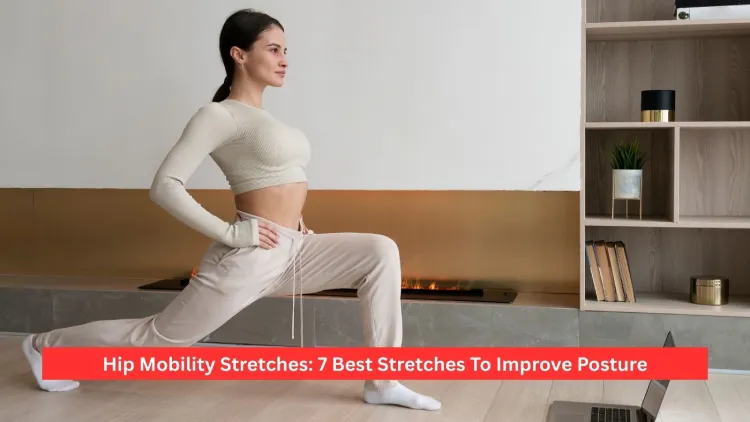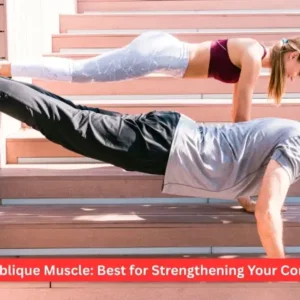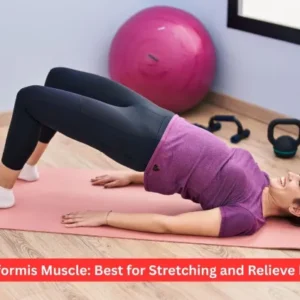Hip mobility stretches are a necessity in loosening tight muscles, enhancing flexibility, increasing strength, as well as avoiding back pain, knee pain, and hip pain. The long sitting process makes hip flexors, glutes, and the core muscles weak, which leads to their stiffness and posture disturbance. It is also possible to strengthen supportive muscles and restore range of motion and improve performance by practising particular stretches, such as pigeon pose, butterfly stretch, frog stretch and 90/90 hip stretch. The secret of long-term results is consistency, correct breathing, and integration of stretching exercises and strengthening exercises.
Why Hip Mobility Matters
Movement in the hip is important in the efficiency with which the body moves. The hips, being one of the biggest ball and socket joints, provide rotation, flexion and extension in all planes of movement. But as usual with modern lifestyles, it works against us. Years of sedentary activity at a desk, driving, and reclining on the couch equals short hip flexors, glute weakness and limited joint extensibility.
With weakened hip mobility, the effects are experienced all over the body. The lower back may begin to hurt as it bears excessive weight, knees may become sore because of the incorrect position during moving or squatting, and the posture can be negatively modified and resulting in chronic pain. Long-term poor hip mobility can also complicate even the basic tasks such as bending, climbing stairs, or getting out of a sitting position.
Regularly performing hip mobility stretches, on the other hand, will improve overall performance. The increased range of motion is of benefit not only to athletes in sports, but also to older people to achieve independence. It can lead to injury prevention, enhance athletic performance, and ensure pain-free daily movement.
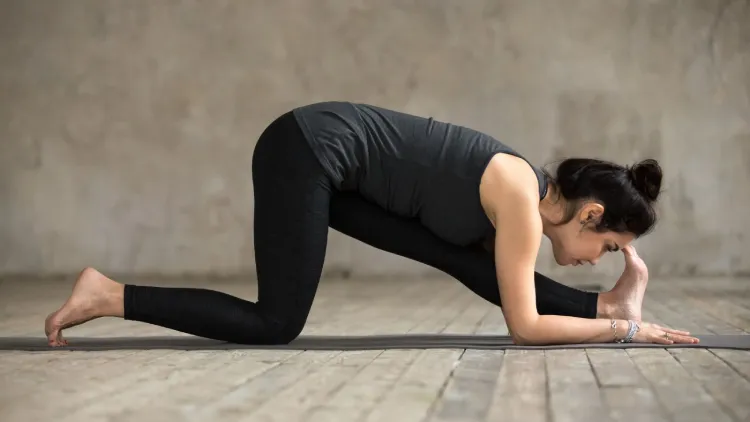
Best Hip Mobility Stretches
These are some of the best hip stretches you can do in your program. They stretch various muscles in and around the hips, glutes, and thighs, and allow balanced integrity of flexibility and strength.
1. 90/90 Hip Stretch
The 90 90 stretch is an internal and external hip rotator.
- Sit on the floor with one leg straight out in front of you, and the other leg should be bent at 90 degrees towards the back.
- Make your torso straight, and tilt a bit forward to increase the stretch further.
- Stay in the position for 30-60 seconds and alternate sides.
The stretch is also ideal for athletes who require rotation, like runners and martial artists and also enhances hip stability.
2. Pigeon Pose
One of the staple yoga positions that engages glutes and stiff hip flexors in the utmost way.
- Start in plank, bend your right knee forward and put it in back of your hands.
- Lengthen the back leg straight, hips square.
- Move your torso slowly to the ground in order to stretch further.
It is also very helpful to those who spend much time sitting because it counteracts the tightening of hip flexors. Pregnant women may alter this by straightening their thighs and not applying so much pressure on their abdomens.
3. Butterfly Stretch
- A mild stretch of the inner thighs and the groin.
- Sit on the ground and place soles to soles.
- With your hands, hold your ankles and allow your knees to fall to the ground.
- Put light pressure using your elbows to be able to stretch further.
This exercise opens up the hips and fixes the groin tightness that is evidence of poor hip support.
4. Lunge Hip Flex Stretch
The exercise is one of the best hip mobility stretches to correct sitting-related dysfunction.
- Step one foot forward, deep into a lunge with the one knee on the floor.
- Just your hips out until you stretch the front of the hip.
- Contract 30-45 Sec/side.
Excessive stretching may be avoided during pregnancy with the assistance of yoga blocks to relieve strain.
5. Frog Stretch
This active stretch stretches the inner thighs and has an overall impact on enhancing your hip mobility.
- Be in the all fours position, and start spreading your knees out, with feet flat on the floor.
- Hip swaying movement is nice.
- It can be especially beneficial to the athletic population that requires deep squatting.
6. Seated Figure four stretch
Awesome on your glutes and outer hips, piriformis.
- Sit in a chair while straightening the back.
- Move an ankle across the other knee in a 4 position.
- Bend forward with the feeling of a stretch in the outer hip.
The stretch also works well when combating sciatic-like pain.
7. Stretch World’s Greatest
Regarded by many as the best overall body mobility stretch.
- Interlace the fingers and then lift one leg into a deep lunge with both hands straight down on the ground in front foot.
- Swivel your core to the front leg, reaching one arm up.
- Stay and release, and back at the starting position.
This action opens the hips, stretches the hamstrings and offers better spine rotation at the same time.
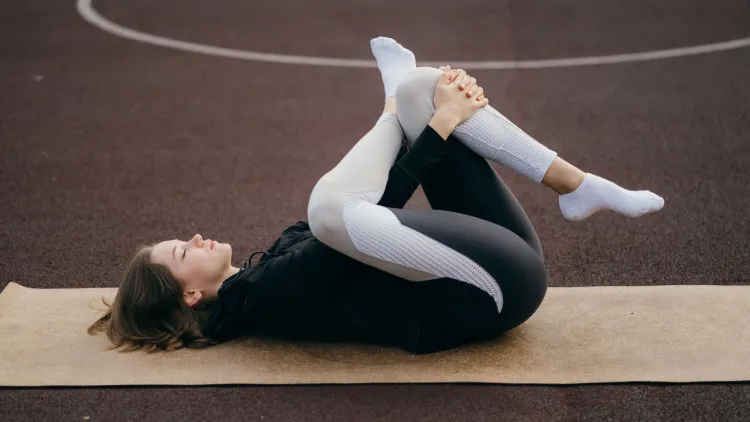
Signs of Poor Hip Mobility
Knowing the symptoms of limited mobility means you can deal with the issue before things get worse. Normal signs are:
- Standing stiffness or stiffness from sitting for a long time.
- Trouble balancing or squatting down.
- Ache in lower back and knees from making up for weak hips.
- Unable to cross your legs or rotate your hips outward.
- Shorter striding while walking.
Symptoms like these are usually from tight hip flexors, underdeveloped glutes or imbalances due to prolonged sitting.
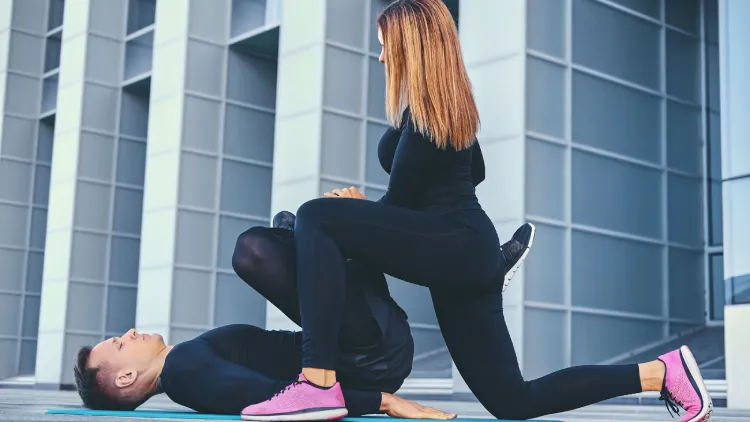
Causes of Tight Hips
The mechanisms of the hips becoming tight are a few.
- Sedentary lifestyle: hours spent sitting tighten hip flexors and make glutes weak.
- Poor posture: Slumping requires the hip muscles to stretch, and imbalances occur.
- Over-training stretching: Athletes who do not stretch after exercising are prone to developing tightness.
- Ageing: As we age, the amount of fluid in the joints is reduced, and mobility inevitably slows.
Knowledge of the causes will assist in the development of a focused intervention to regain flexibility.
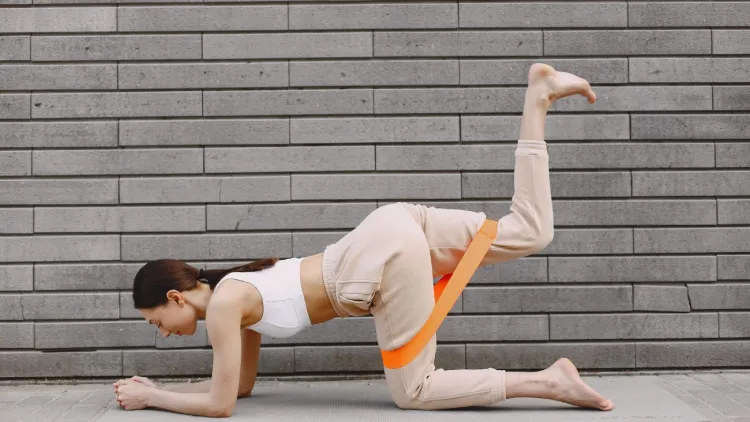
How to Improve Hip Mobility
- Treatment of limited mobility involves a mixture of stretching, exercise, and lifestyle modification.
- Use practice mobility frequently – 10 to 15 minutes every day should be sufficient to notice improvement.
- Build up weak muscles – the gluteus medius, hamstrings, and the core muscles need to be strengthened.
- Use mobility tests normal transitions, examining the range of movement, such as sitting, a cross-legged deep squatting, or knee-to-chest.
- Include walking- walking enhances blood circulation and subtly works to loosen up the hips.
- Be patient- significant changes tend to develop within 6 to 4 weeks of regular practice.
The hip flexors are tight or weak without people even realising it, when all they have to do is lie on their backs and pull one knee to their chest. When the opposite leg raises off the ground, your hip flexors are tight. When they have their lifted leg unsteady, then they are weak.
Effects and Benefits of Hip Mobility Stretches
When performed regularly, hip mobility stretches have various benefits that are broad:
- Pain care: Decreases lower back and knee load.
- Improvement in posture: Relieves anterior pelvic tilt and back misalignment.
- Greater performance: It increases stride length, squatting further, and athletic power.
- Minimised risk of injury: It enables correct muscular activation with movement.
- Healthy ageing: Maintains the joints and makes them manageable as age increases.
Conversely, such neglect of hip mobility has certain after-effects, like slackened flexibility, persistent rigidity, poor strength and, in some cases, this practice exposes trooping seniors to fall risk.
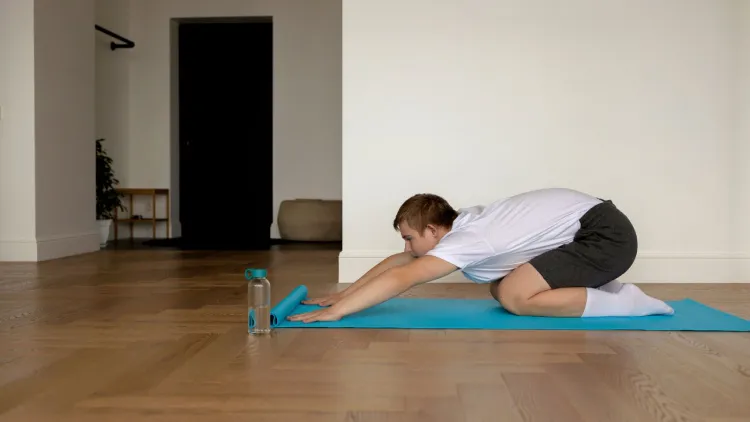
Final Thoughts
Hip mobility stretches are not only exercises, but an investment in the future well-being of health and movement freedom. You can regain your natural hip motion by increasing flexibility, working the supportive muscles, and releasing tightness that may have resulted from a sedentary lifestyle or unideal posture. Be consistent–these stretches a few times per week, take deep breaths, and be patient as improvement accumulates over time.
Whether you are an athlete seeking performance, a stiffness sufferer after sitting or have some goal related to healthy ageing, hip mobility stretches are the basis of pain-free, powerful posture, free movement.
Frequently Asked Questions
1: What is the duration of attaining hip mobility through stretching?
Recovery is based on the regularity and the extent of stiffness. To make a hip mobility stretch, most people observe improvement 4-6 weeks after 10-15 minutes of hip mobility stretch at the times, 3-4 times per week. As the routine is repeated, flexibility, range of motion, and strength further improve with time.
2: Is it possible to increase hip mobility by walking?
Indeed, walking is a light exercise for maintaining hip mobility, minimising hip stiffness, particularly among people who spend a considerable amount of time sitting. Although walking is not a solution when it comes to limited mobility, when combined with hip mobility stretches, the results are the best.
3: What is the cause of the tight hips?
These are the most common factors that contribute to it: prolonged sitting, bad postures, weak glutes, ageing, and post-stretching after exercise. Such factors contract the hip flexors, make the surrounding muscles weak, and decrease the range of motion of joints in the long run.
4: Are hip mobility stretches safe in pregnancy?
Hip mobility stretches are safe and useful in pregnancy, yes; however, you should alter them. As an example, movements such as the pigeon or lunge stretch pose must be performed with an upright body or with yoga blocks to prevent the feeling of pressure on the abdomen. Never begin until you talk to one of the licensed medical practitioners.

